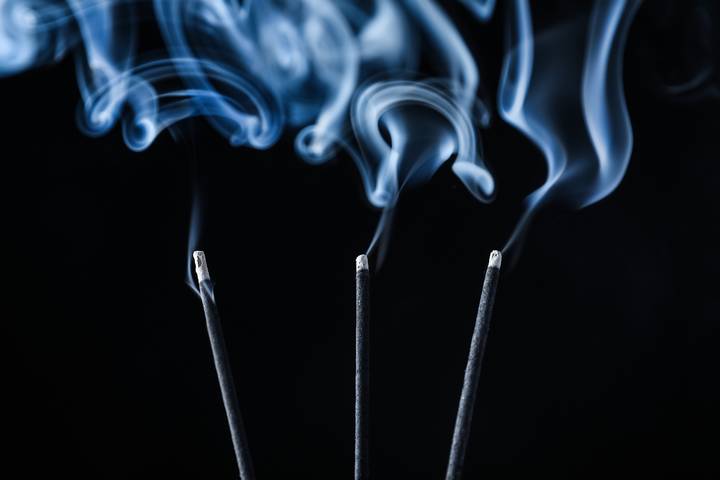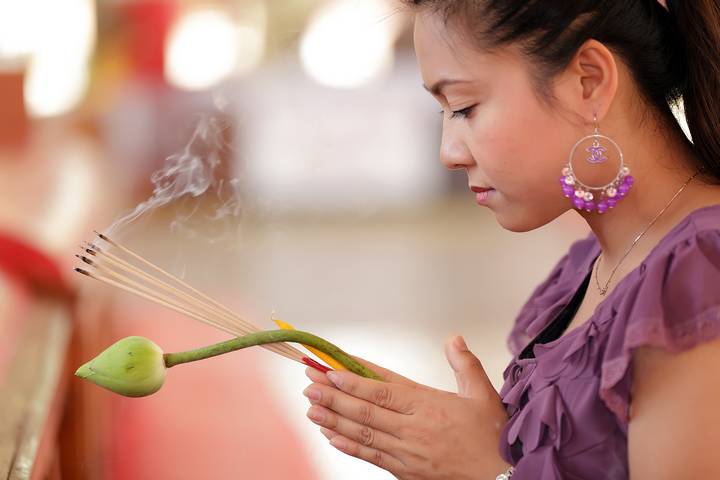Incense has been a crucial part of Catholic traditions since antiquity. This tradition passed down through the ages, as incense burning has comforted many individuals. It’s a cleanser, a symbol, and a tribute. It is used in worship, ceremonies, and funerals. There are also several references to incense in the Bible, and the Catholic Church has long used it during worship ceremonies, among other purposes.
Despite these well-established traditions, the use of incense in Catholic churches remains optional. Some parishes choose not to use it, abandoning that aspect of Catholic history, culture, and community. To simplify Catholic worship and perceptively modernize ceremonies, some priests have not followed through with using incense. Even so, incense does have a fundamental meaning and use in Catholicism, especially as it relates to worship.
Let’s examine how the Catholic Church uses incense and where these traditions originate.
What Is Incense?

The first known use of incense was by the Egyptians during the Fifth Dynasty of 2345-2494 BC. The word incense means ‘to burn.’ Incense is loosely defined as an aromatic matter that releases fragrant smoke when ignited.
What Is the Earliest Use of Incense in Christianity?
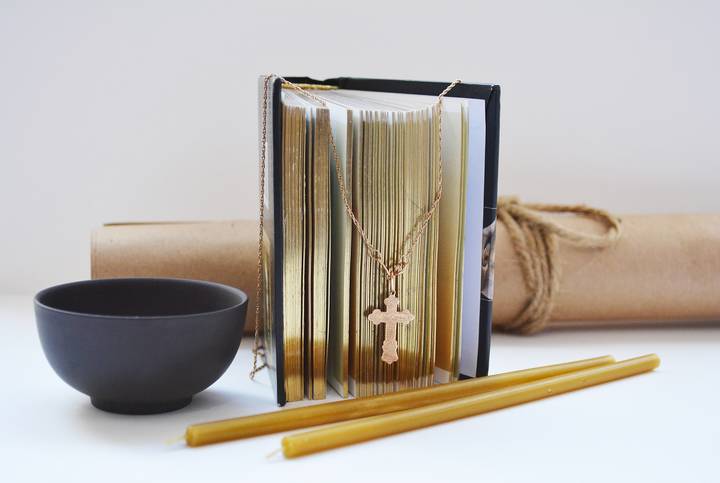
One of the earliest times we hear incense mentioned in the context of Christianity is in the Old Testament. God gives Moses the instructions on how to build the tabernacle, a travelling temple of God. The instructions are to build an altar of incense next to the altar of sacrifice.
The task involves entering the tabernacle every morning and evening to tend to the burning lamps. In addition, the priest is commanded to offer incense. The constant pillar of smoke ascending from the tabernacle is a sign of God’s constant guiding presence.
What Catholic Churches Use Incense?
Incense is frequently used in worship in various Catholic churches, from Roman Catholic or Eastern Catholic to Old Catholic and Liberal Catholic. Scent sticks are also used in some Anglican, Lutheran, and Orthodox Christian churches.
How Is Incense Burned in Church?
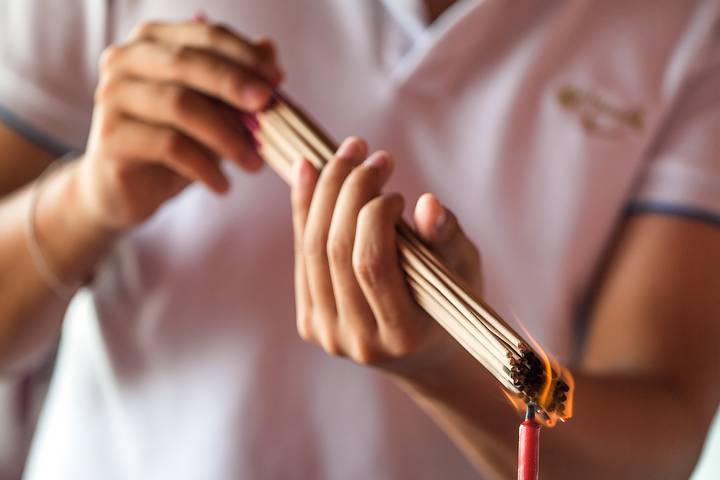
The incense burned in Catholic Church is often grain or powder, although this isn’t always the case. It is typically stored in what’s called a boat. Before use, it is blessed with prayer. How incense is burned is a multi-step process.
Firstly, an individual called a thurifer approaches the person conducting the service. The thurifer is typically an older, experienced altar boy. They carry a thurible with them where the incense will be burned. A thurible is a metal incense container carried on a set of chains. Inside the thurible is hot burning charcoal.
The person conducting the service typically will remove the incense from the boat and spread it by spoon across the coals. The thurible is then closed and taken by the priest, deacon, or server. It is gently swung towards specific items that the Church may want to be blessed or protected. An example would be bread and wine offered for the Eucharist, the Gospel during reading, the clergy, or the congregation.
When Is Incense Used In the Catholic Church?

Incense can be used several times during the celebration of Mass.
- During the Entrance Procession.
- To incense the cross and altar at the beginning of Mass.
- At the procession before the Gospel.
- After the bread and chalice are placed on the altar, incense these offerings and the congregation.
- At the elevation of the host and chalice after the Consecration.
Incense is also used on specific occasions, such as Holy Thursday during the procession with the Blessed Sacrament. During Easter, five grains of encapsulated incense are embedded into a paschal candle, representing the five wounds of Jesus Christ. They’re also often used at funeral Masses and burial services. Every church is unique, and they can ultimately determine how to use incense in their parish.
What Type of Incense Is Used in Church?
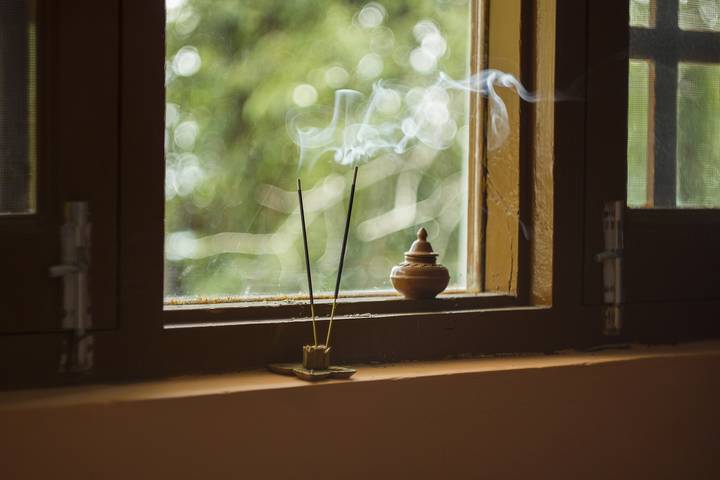
There are dozens of incenses used in Catholic churches. The most common varieties are frankincense, benzoin, myrrh, styrax, and copal. These traditional ingredients harken back to a recipe God gives Moses for making incense. His instructions from Exodus are: “Take these aromatic substances: storax, onycha and galbanum, these and pure frankincense in equal parts; and blend them into incense. Expertly prepared, this fragrant power is to be salted and kept pure and sacred.”
What Does Incense In Catholic Church Represent?
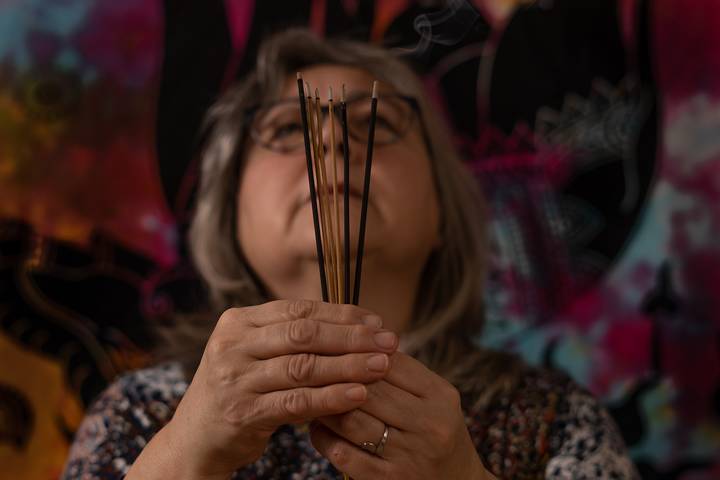
Incense is used for various purposes. There are two common interpretations by the Catholic Church. The first is a way to purify, while the second symbolizes a prayer rising to heaven. The recognition of incense as a symbol of prayer is represented in Psalm 141 (140), verse 1, which reads, “Let my prayer be directed as incense in thy sight: the lifting up of my hands, as the evening sacrifice.”
Incense has many additional uses in religious settings:
- Purifies the coffin at funerals.
- Blesses statues and images.
- Sanctifies and purifies items and materials, such as new altars, new church bells, and newly acquired texts.
- To dedicate a new church to God.
- To bless holy oils.
- To burn something as an offering given to God.
- To link Heaven with Earth.
Uses of Incense in Other Religions
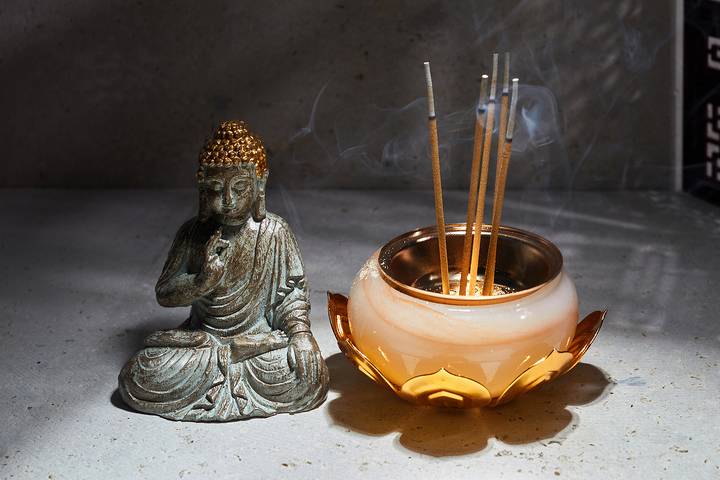
As you’ll discover, incense is used very similarly in other religions and belief systems. Incense can be found in Buddhism, Taoism, Hinduism, Islam, Judaism, Contemporary Paganism, and other forms of Christianity. It’s also used frequently during meditation and for individuals who don’t subscribe to any specific religion. Nonetheless, they consider themselves spiritual. Incense has a method of instilling calm, presence, purification, and atmosphere.

